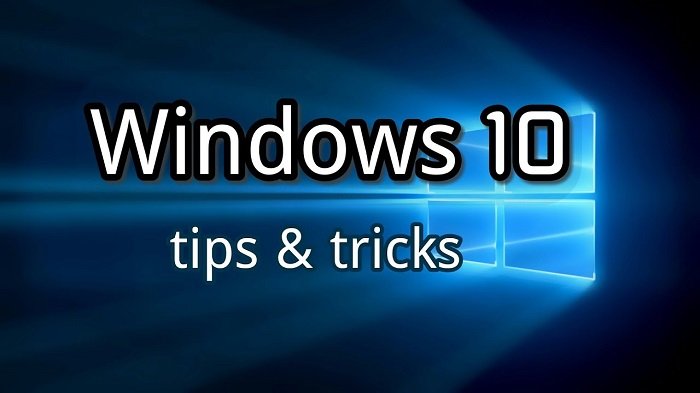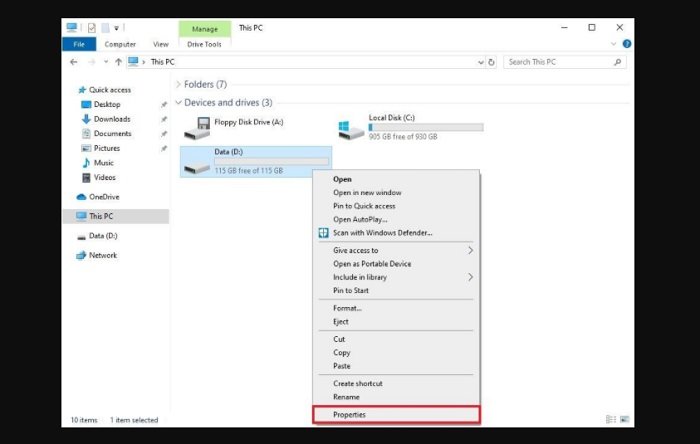
This device cannot be used for ReadyBoost. Click Apply, and then OK to begin using the drive or card for ReadyBoost.To disable ReadyBoost, select Do not use this device.Whilst writing a presentation on USB Forensics, I was hit with a problem with ReadyBoost being disabled on my Virtual Machine. Click Use this device (Windows will select the recommended size of the ReadyBoost cache on the drive). Windows will test the device’s performance and advise you whether the drive or card is fast enough to support ReadyBoost. To enable ReadyBoost on a USB flash drive or flash memory card, open the card’s properties sheet and click the ReadyBoost tab. Note that Windows 7 supports multiple ReadyBoost cache devices.Note: Conventional USB 2.0-based card readers are usually not fast enough for use with ReadyBoost, but laptop internal card readers or USB card readers designed for use by high-performance Compact Flash (CF) media are typically fast enough.Note: For the purposes of data storage, USB flash memory drives that are too slow to support ReadyBoost are still compatible with Windows. To help determine the performance improvement that ReadyBoost provides on a specific system, use the Performance Monitor tool in the Computer Management console and enable the ReadyBoost Cache counters (cache read bytes/sec, cache reads/sec, skipped read bytes/sec, and skipped reads/sec). When a device is tested by Windows to determine if it is ReadyBoost-compatible, the random read/write speed of the media must meet the following minimums:2.5 MB/s throughput for random 4 KB reads1.75 MB/s throughput for random 1 MB writesReadyBoost is used only for non-sequential disk reads.

Maximum size of the ReadyBoost cache varies by the file system used by the device:4 GB on a device using FAT3232 GB on a device using NTFSWindows automatically tests an eligible flash memory device for ReadyBoost-compatibility when you plug it in.

SuperFetch helps improve system performance by providing information from RAM rather than directly from disk.Using ReadyBoost to hold SuperFetch information can help improve your computer’s performance if it has a slow hard disk (4.0 or lower score on the Windows Experience Index ) or if you have limited system RAM (4 GB or less).A flash memory device must have at least 256 MB of free space to be usable with ReadyBoost. If you use systems with USB 3.0 ports, consider upgrading to a USB 3.0 card reader for faster file copying performance.ReadyBoost SupportMicrosoft Windows Vista and newer all include support for using high-speed flash memory cards and USB drives as a disk cache known as ReadyBoost.When you configure flash memory as ReadyBoost, it is used to hold information about application files and libraries that has been loaded into memory by SuperFetch. Note: USB 3.0 card readers are now available and provide transfer rates that are much faster than USB 2.0 card readers.


 0 kommentar(er)
0 kommentar(er)
